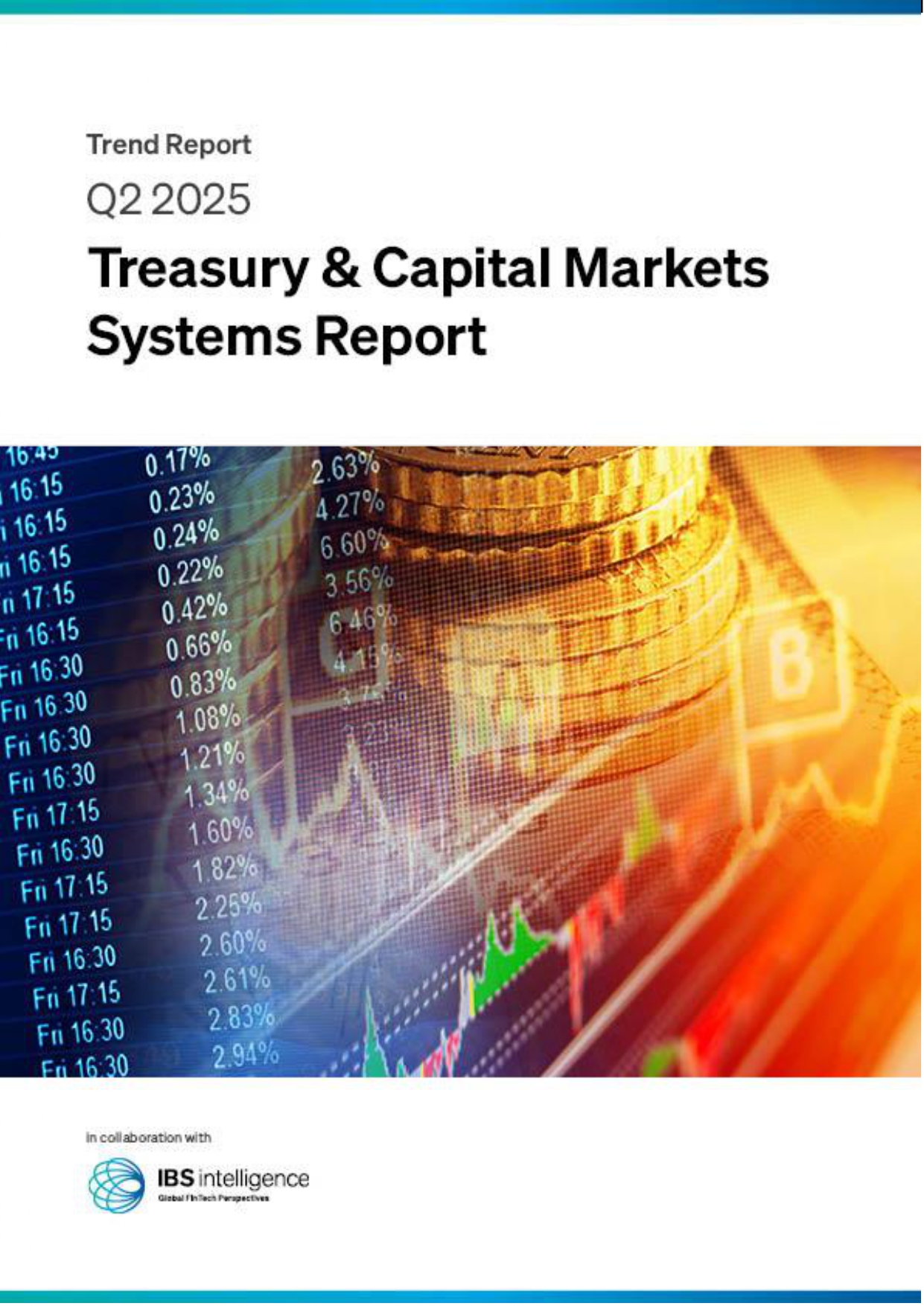 Back
Back
Challenges within the LatAm digital payment space
eCommerce is seeing accelerated growth across Latin America, with overall retail eCommerce sales increasing more than 36% throughout the region in 2020 as compared to the same period in 2019. However, the social and practical realities of Covid-19 have exposed some significant pre-existing problems within the digital payment systems that underpin this region’s expanding digital economy.
by Juan Carlos Martinez, Director & Co-Founder, Bamboo Payment Systems
These problems include a lack of financial inclusion among the population, regional disparities in payment formats, arduous complexities in many cross-border transactions, a deficiency in available credit rating programmes, and shaky consumer confidence in digital payment methods – all of which represent major barriers to sustained growth in the sector. To maintain a competitive edge, online merchants must frequently adapt their eCommerce strategies to meet varying local needs, and regional payment service providers (PSPs) that cater to global merchants must allow for constant customisation of payment offerings and flows if they aim to maximise opportunities within the LatAm eCommerce space.

The issue of limited access to and/or adoption of digital payment methods among Latin American populations is nothing new and has traditionally been viewed as a primary barrier to the expansion of eCommerce throughout the region. However, the global pandemic has accelerated adoption of digital payments and eCommerce, in many cases as a resulting necessity of strict quarantine restrictions. However, cash payments remain a major component, and currently account for 20-30% of online purchases. More striking is the fact that close to 207 million Latin Americans – roughly 46% of the population – do not have access to bank accounts, an important catalyst for the adoption of digital payment methods like credit and debit cards.
The local experts
Regional payment facilitators play a crucial role in promoting cross-border eCommerce by offering global merchants simplified access to this fragmented eCommerce environment. The local knowledge of these PSPs and the connectivity with popular local payment methods including cash networks, bank transfers, and local prepaid cards enable the development of unique, tailor-made solutions for each merchant that reflect the realities in each country via a single platform. As consumer preferences evolve and new digital payment methods are adopted, PSPs adapt their connections to local acquirers accordingly, allowing international merchants to benefit from this quick adaptation to ever-changing market realities. Essentially, PSPs are the local experts. Global merchants can then leverage this expertise to maximize the conversion rates of their eCommerce sales and stay at the top of their game.
But how important is this market flexibility in relation to the digital payment methods offered by global merchants to local consumers? Let’s look at a few basic indicators within the top three eCommerce markets in Latin America: Mexico, Brazil, and Argentina, three countries that when combined represent approximately 75% of all eCommerce sales in the LatAm region.
Generally speaking, credit and debit card adoption rates are noticeably low across the board in these countries, underscoring the significant barrier a lack of financial inclusion presents. Furthermore, among those who do have them, a large percentage of credit cards and debit cards issued in these countries are enabled solely for domestic purchases. In other words, these cards will not function for purchases made on merchant websites abroad. Additionally, chargeback rates are high in the region. In Mexico for example, the industry standard can be up to 3-6% which is roughly triple the global average. Thus, regional PSPs are key in mitigating this risk via the utilisation of region-specific anti-fraud systems which incorporate localised transaction databases and region-specific rules.
Another reality is the informality within the LatAm labour market, something that is still quite prevalent, with cash payments being preferred by many consumers. In Mexico, the OXXO convenience store’s cash voucher system is still a highly popular payment avenue, in Argentina the national chains Rapipago and PagoFacil offer many popular local payment options, and in Brazil there is Boleto cash payments which are still popular despite them currently being supplanted by a new national online payment protocol, PIX.
Finally, local bank transfers via standardised protocols are crucial necessities for many consumers, for example the Bank of Mexico’s Interbank Electronic Payment System, SPEI (Sistema de Pagos Electrónicos Interbancários), which is widely relied on by citizens for payment purposes.
In short, the disparities across countries and the widely-varying alternative payment methods available make regional PSPs an invaluable partner for global merchants wanting to access the hugely substantial and yet considerably underserviced LatAm population.
So, what is the outlook as we enter the second half of 2021?
As LatAm markets continue their transitions toward digital payment, as is the case of PIX increasingly replacing Boleto as the new gold standard in Brazil, the diversity of payment methods and consumer preferences across countries is profound, and highlights the supreme importance of regional PSPs as uniquely unifying entities for global merchants wanting to sell in Latin America.
IBSi News
Get the IBSi FinTech Journal India Edition
- Insightful Financial Technology News Analysis
- Leadership Interviews from the Indian FinTech Ecosystem
- Expert Perspectives from the Executive Team
- Snapshots of Industry Deals, Events & Insights
- An India FinTech Case Study
- Monthly issues of the iconic global IBSi FinTech Journal
- Attend a webinar hosted by the magazine once during your subscription period
₹200 ₹99*/month
* Discounted Offer for a Limited Period on a 12-month Subscription
IBSi FinTech Journal
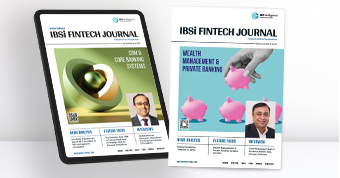
- Most trusted FinTech journal since 1991
- Digital monthly issue
- 60+ pages of research, analysis, interviews, opinions, and rankings
- Global coverage
Other Related Blogs
Related Reports

Sales League Table Report 2025
Know More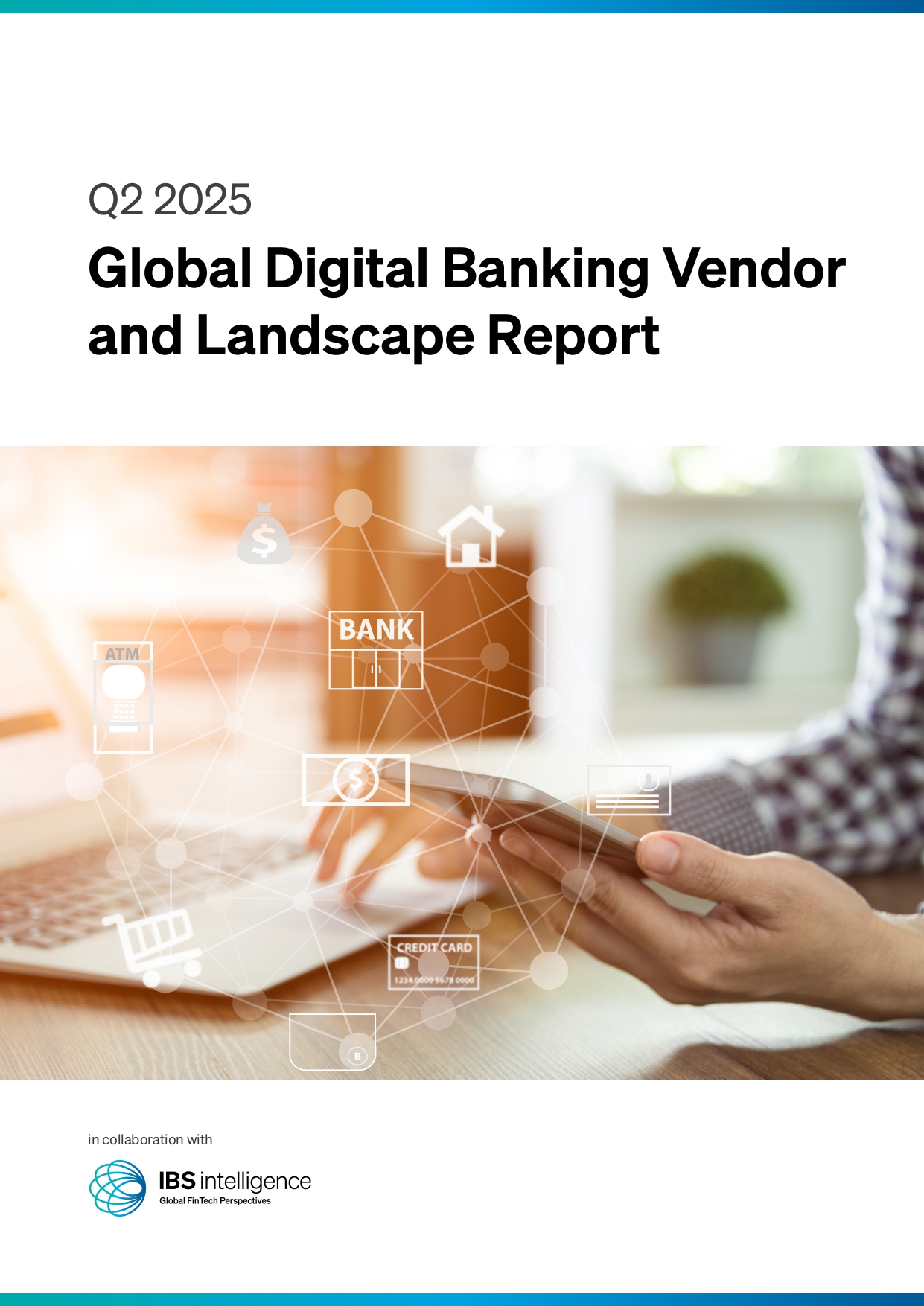
Global Digital Banking Vendor & Landscape Report Q2 2025
Know More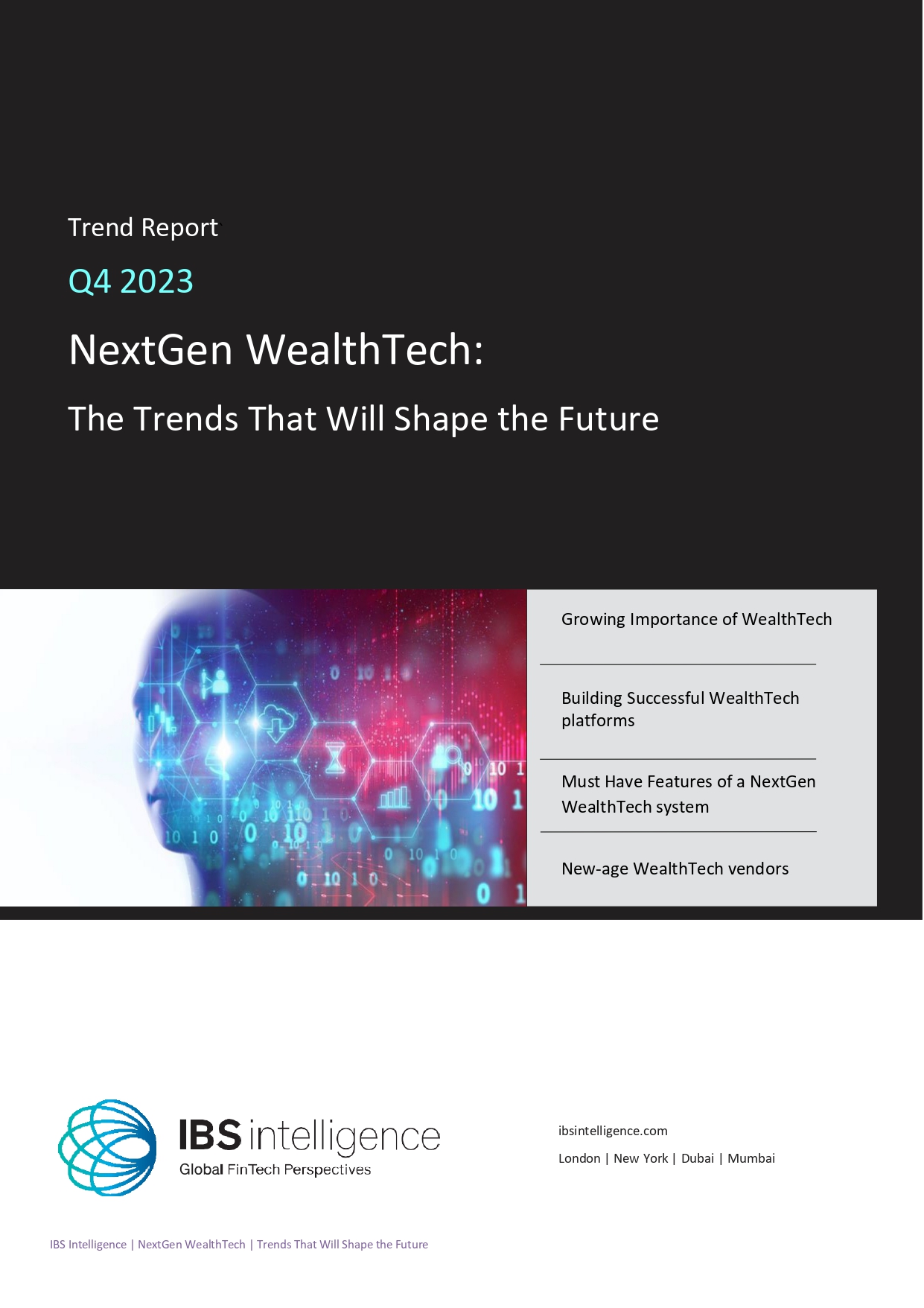
NextGen WealthTech: The Trends To Shape The Future Q4 2023
Know More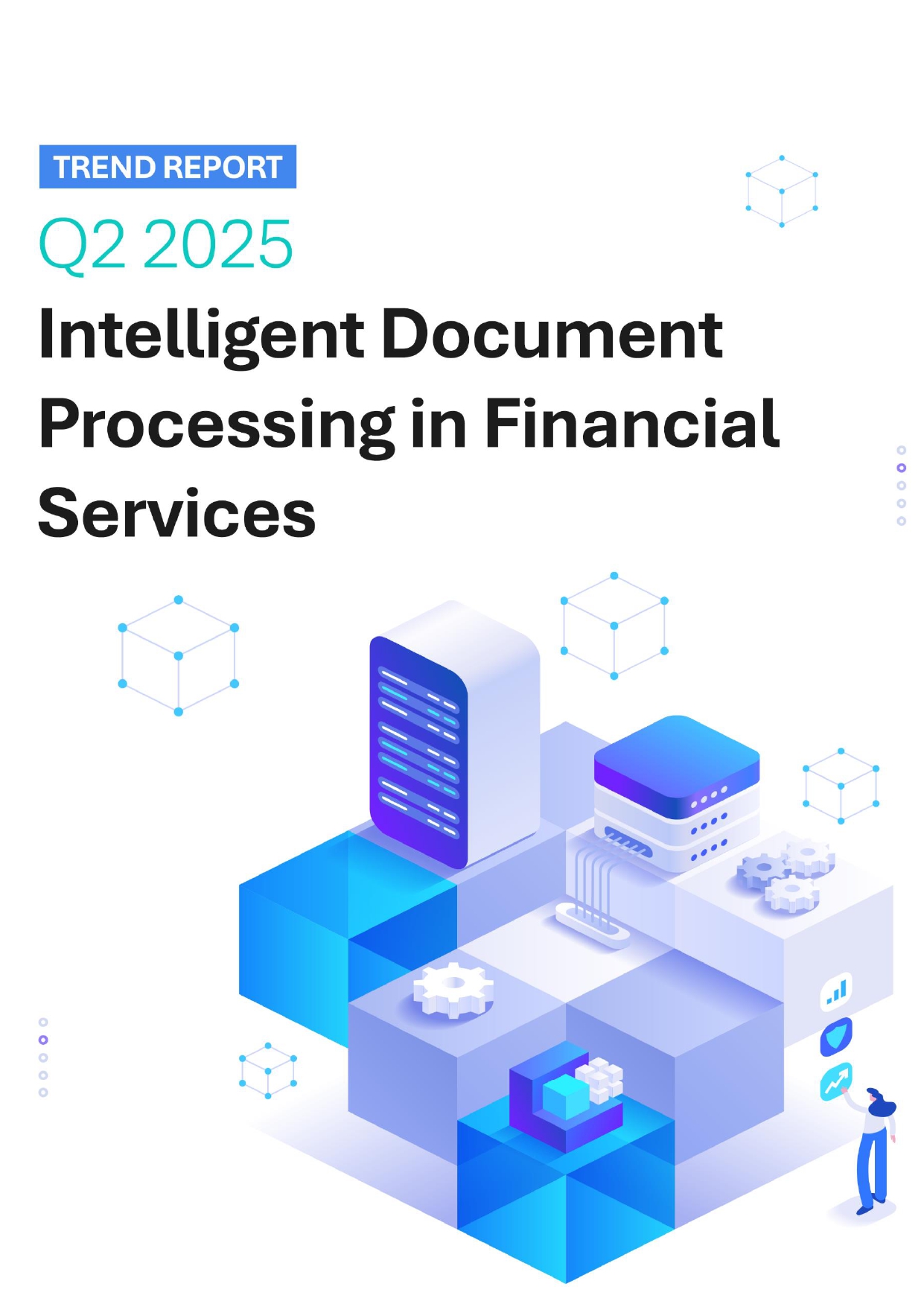
Intelligent Document Processing in Financial Services Q2 2025
Know More